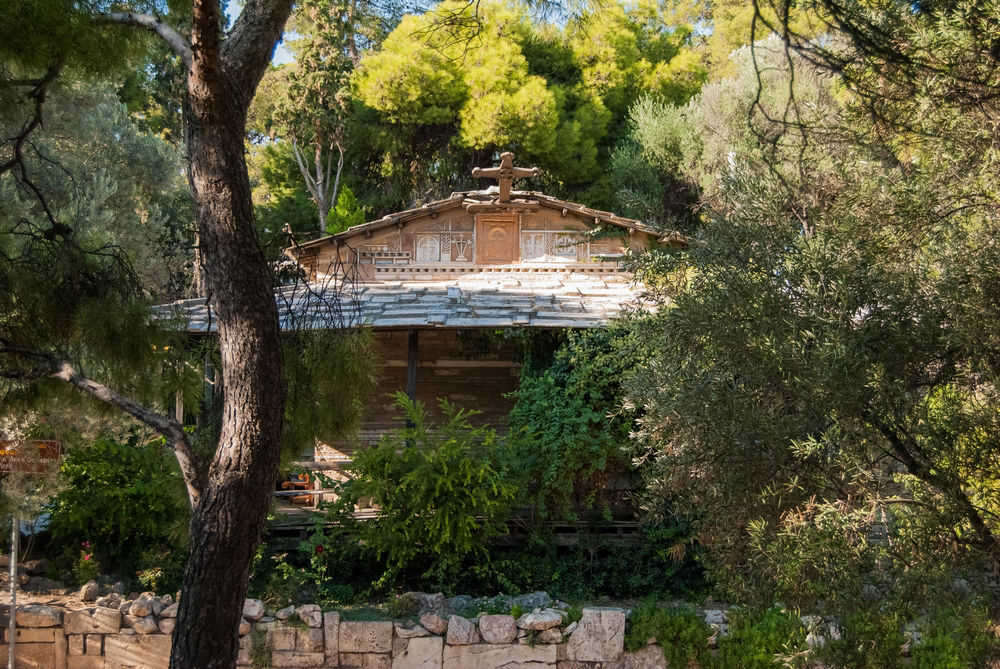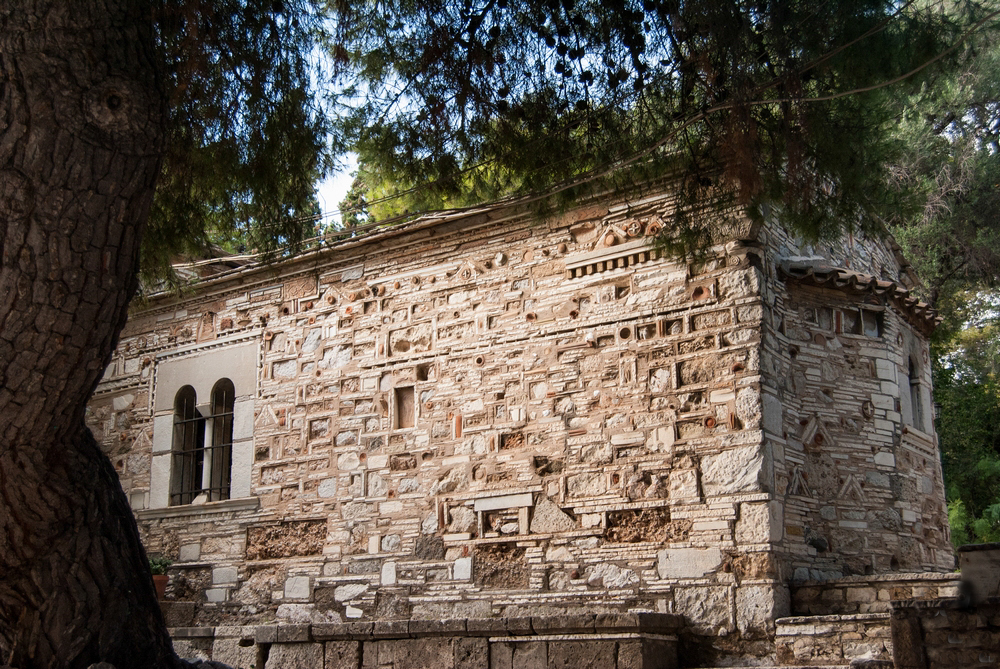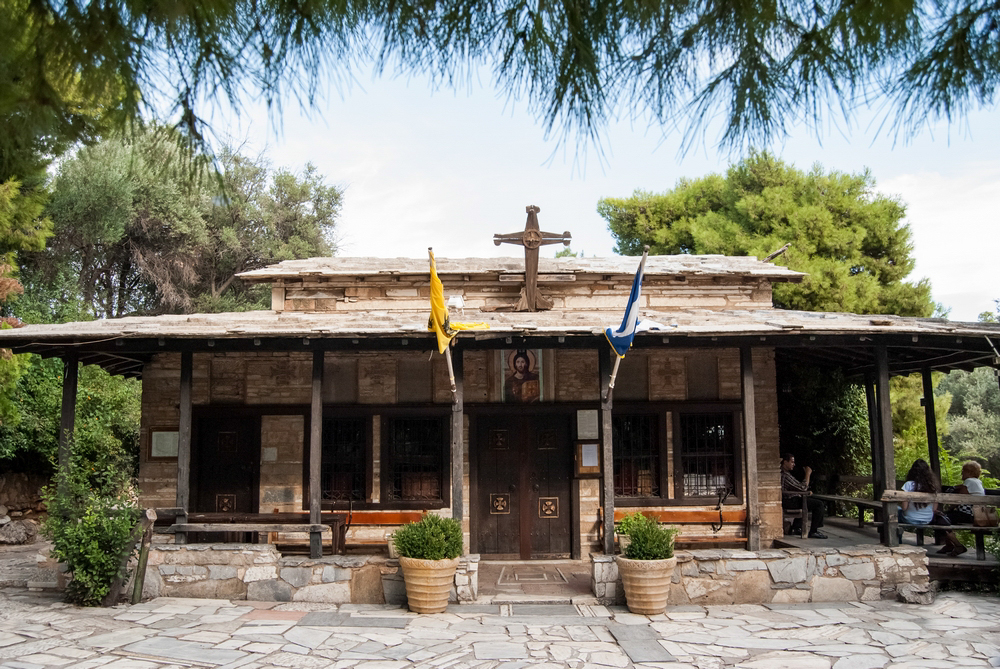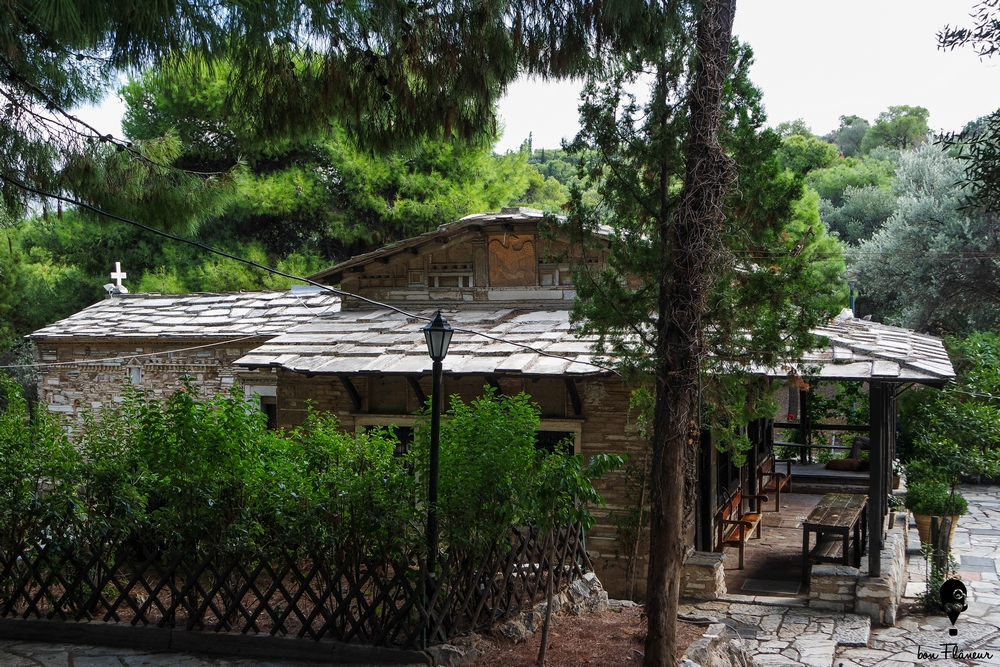Church of Agios Dimitrios Loumpardiaris
The church of Agios Dimitrios Loumpardiaris has been reconstructed by materials of ancient, byzantine and folk traditions, a combination of architecture and daily life.
Location
Timeline
Modern and Contemporary era (1821 - )
1955 Restored.
Ottoman era (1453- 1821)
Byzantine era (331 AC- 1453)
The older churches that had been built and reconstructed were of the 9th and 12th century AD.







Share